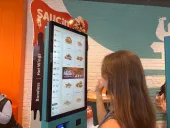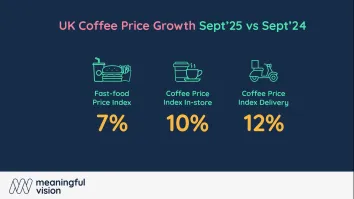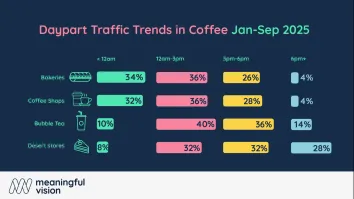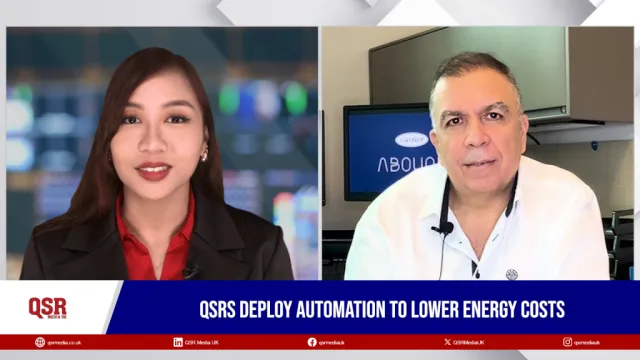AI helps QSRs cut energy use and boost standards
Automation can reduce costs but challenges remain in ROI.
AI and IoT technologies are gaining momentum in the restaurant industry as quick-service restaurants (QSRs) look to cut energy use and strengthen food safety compliance.
According to Anas Sawaf, Director, Abound Global Expansion, Carrier, QSR sites consume significantly more energy than typical commercial spaces. “According to the US EPA ENERGY STAR QSR location consumes 10 times the energy per square foot versus their commercial structure,” he said.
Sawaf explained that QSR operators can address this by “monitoring their equipment health, monitoring their temperature compliance 24/7 which will allow them to basically reduce their food spoilage and throw away,” using predictive maintenance tools to “avoid unnecessary repairs, costly repairs, as well as reduce their truck rolls,” and “proactively scheduling their HVAC and lighting… which will eventually help them reduce their energy spending throughout the years.”
These technologies also have a direct impact on labor efficiency. “Those kinds of technologies basically allow QSR management to focus more on their quality of service, quality of food delivered to their customers, versus worrying about the maintenance and failure of their equipment across their portfolio,” Sawaf said.
Routine tasks like “manual temperature logging, equipment checks… can be done remotely,” giving management “peace of mind… about the performance and the health of their equipment and the uptime of their systems.”
However, Sawaf noted three major hurdles to adoption: “disruption to the business,” “legacy infrastructure,” and “cost.” Integrating new systems with old HVAC equipment, overcoming “data silos,” and navigating CapEx versus OpEx decisions all factor into ROI. “There are multiple factors that could contribute to the ROI time period,” he said, adding that balancing tangible and intangible benefits is key.























